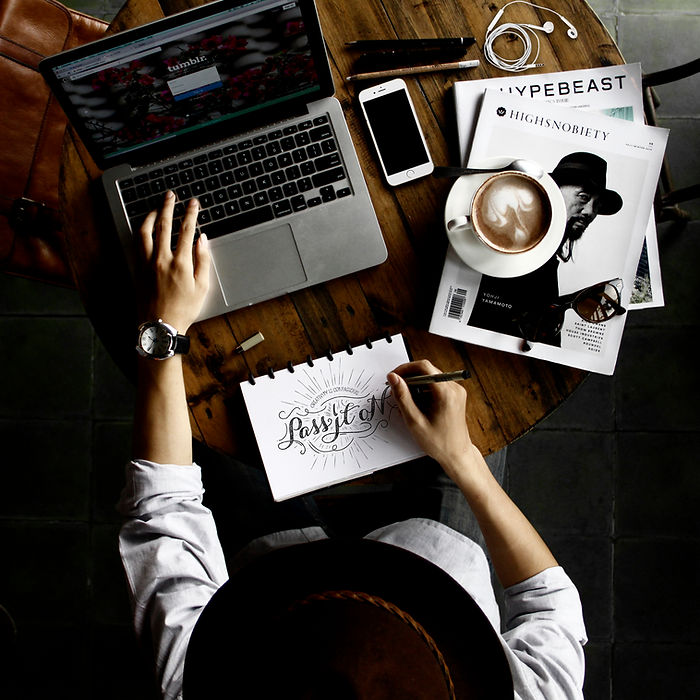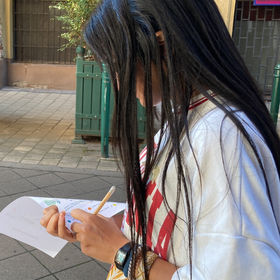

RECYCLING STORIES THROUGH ELECTRONIC DEVICES
CITY & MIND MAPPING
a shortened version of the RE-STOR-E method
1. Introductory phase: "SO FAR, SO CLOSE"
Overall objectives
1. Getting to know new places
3. Reliving urban spaces
4. Stimulate observation
5. Unlock creativity
6. Promote self expression
7. Facilitate encounters and narration
8. Enhance participatory attitude
9. Explore art techniques to facilitate storytelling
10. Awake awareness about environmental protection through up-cycling
Recommended for
- any public, especially for people with migrant background
Duration
1 occasion of 4 hours


The exercise is inspired by the film of the German film director, Wim Wenders, entitled Faraway, so close.
Share the basic idea of the movie with your participants to introduce the exercise.
"In the movie, angels desire to become humans in order to be able to experience materiality through senses. So, they jump onto the Earth from the sky."
Specific objectives
-
Warming up
-
Connecting to each other, getting to know each other
-
Improve skills in storytelling
Material needed
- Smartphones
Time frame:
Between 20 and 30 minutes depending on the number. of participants

Tell them to choose a photo from the gallery in their smartphones that represents the idea of "so far, so close".
If you have the more time, you can also ask them to choose 3 photos: 1 representing the idea or the feeling of "so close", one that reminds "so far" and one that depicts both.
Give them five minutes to find the photos. The meanwhile, you can make them listen to the song of the movie written by U2. This will also help you to close the activity when the song is over.



Then, one by one, participants show their photos and tell how and why it represents the idea of "so far, so close".
2. Discovery phase: Map Me Happy
Specific objectives
1. Getting familiar with the neighborhood
2. Stimulate positive feelings about living environment
3. Changing perspective
4. Improve orientation
5. Move more freely in public spaces
Material needed
- Smartphones
- Printed maps of the neighborhood (1 map/participant)
- Colorful stickers or markers
Time frame:
45 minutes
This exercise is shortened version of the Map me happy method which can be also used without the drawing part to discover the neighborhood through your senses.
1. Prepare your workshop by taking a walk where you want your participants to discover good feelings such as smells, sounds, views, etc.
2. Print a map of the surrounding streets and outline on it the part where you want them to walk.




3. Mark with colors or letters the different senses so that during the walk participants can identify spots where they discover good feelings with them.
4. Explain them the aim of the exercise and distribute the printed maps.

5. Tell them to go out for a walk for 20 minutes within the territory surrounded on the map.



Mark each spot the spot on the map when you have a good feeling with the corresponding color or letter.

The exercise helps not only to change one's way of looking at direct environment but this practice based exercise while participants concentrate on concrete tasks helps also to move more freely in public spaces without fearing others' opinion.



Tell them to take at least one picture for each sense:
1. positive visual
2. positive touching
3. positive thinking
4. positive hearing
5. positive smelling
6. all senses in one place
Once you're back in the workshop, create small groups of four and share your photos and good feelings you discovered.
3. Creative phase: OrnaMental City Map
Specific objectives
1. Improve arts & crafts skills
2. Stimulate positive feelings about living environment
3. Co-creation, work in group
4. Feeling creative flow
Time frame
60 minutes
Material needed
- Wooden boards collected as waste selection
- Crayons, erasers
- Brushes of different sizes
- Plastic cups for water
- Paper plates to mix colors
- Acrylic paint
- Tapes
- A room where you can paint


OrnaMental city map is another version of the co-creative exercise of OrnaMental map, but here patterns and ornaments are not linked to each other. They are separated by lines representing roads just like on a real map.

1. Make some wood waste selection by collecting wooden boards, ideally big enough so that 4 persons can sit around to draw ans paint on it comfortably. So preview one large board/4 participants.
2. Dispose them in the workshop so that participants can sit on both sides.


3. Form small groups of 3 or 4 persons who will work together on one board.
4. To introduce the exercise, tell them why you are working with recycled wood. You can also explain them the difference between recycling and up-cycling and share the objects' stories if you know them.
5. You can also create a small online quiz game about wooden waste.

6. Tell participants to choose some of the previously taken photos and to find details on it that can easily be transformed into a geometric ornament.
You can create and use this small paper tool to facilitate the selection of details in their photos.



7. Tell them to stick the tapes on the boards as if they represented streets of the neighbourhood. You can copy the streets from a real map or invent your own city.

8. Give them pencils and erasers to draw the outlines of the patterns they have chosen.




At the end, you can tear off the tapes that will show you the nice network of stripes representing the streets of the city.
Take pictures and short videos of your co-created artwork and make a small session of discussion when participants can show their original drawings, tell which senses, feelings and places they are linked to.

4. Digital creation: Video storytelling
Specific objectives
1. Improve digital skills
2. Improve storytelling skills
3. Co-creation, work in group
Material needed
- Smartphones
Time frame:
45 minutes

With this exercise, you can turn your ornamental map or OrnaMental city map into a support of a storytelling exercise.
You have two options:
1. Stick to the original topic and tell participants to co-write a story taking place in the neighborhood depicted on the map.
2. Let them free to use their imagination to invent a story inspired by abstract details they have painted, as if it represented not a map but real places or a storyboard.



Form groups of at least 3 persons: one may narrate the story, one may make the necessary actions on the board and one may film it.
Try not to exceed 1 minute when you're making your videos and be attentive to sound environment.

You can make fictions, tales....

... or a documentary movie.

At the end, you can stream the videos and make a conversation session to exchange experiences about the activity.









